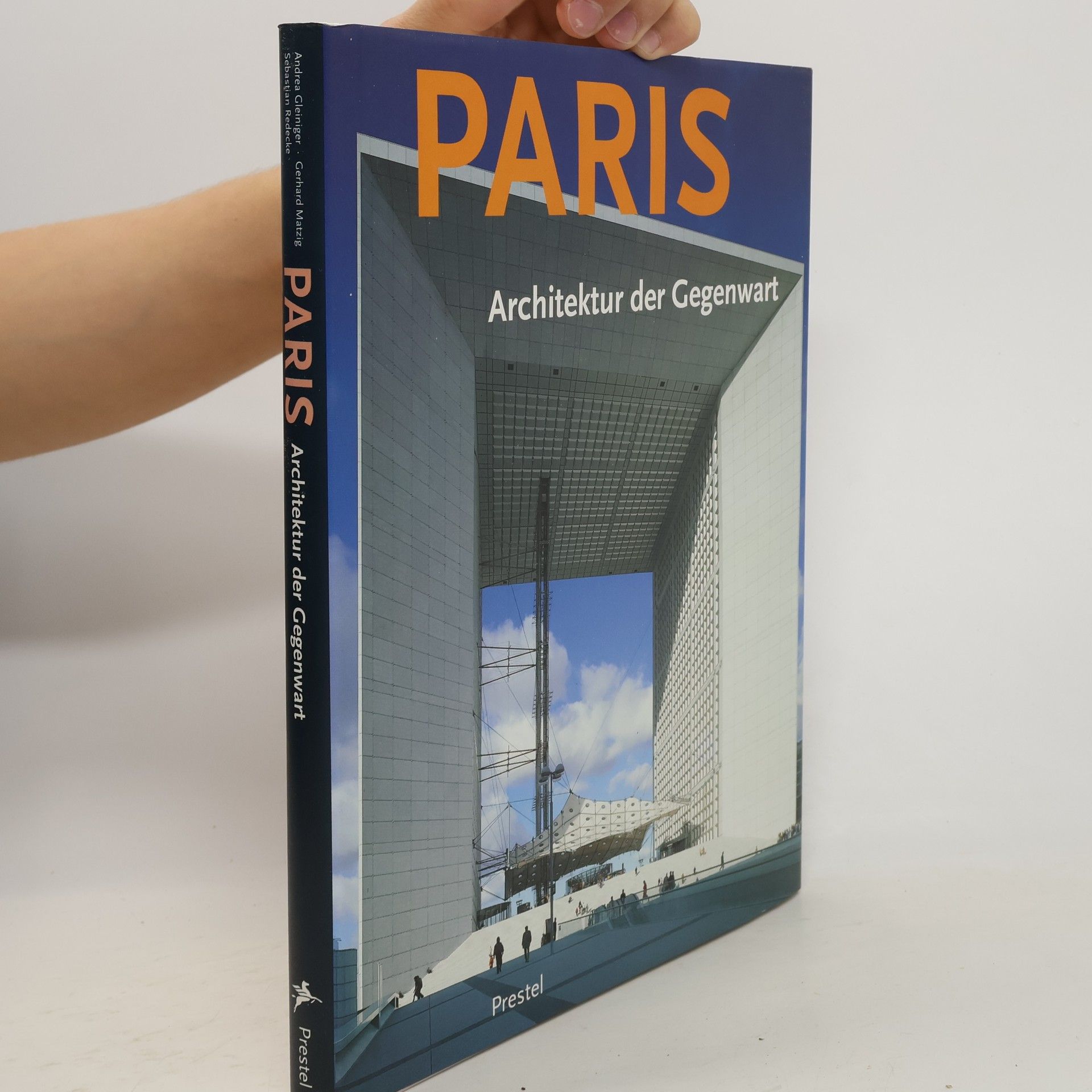Die Essaysammlung von Andrea Gleiniger beleuchtet die komplexen Wechselwirkungen von Architektur im Kontext von Kunst, Wissenschaft und Technologie. Sie thematisiert die Herausforderungen, kritisch auf die gegenwärtige Welt zu blicken und die gesellschaftlichen sowie architekturhistorischen Dynamiken zu reflektieren. Gleiniger fordert eine tiefgehende intellektuelle Auseinandersetzung mit der Vergangenheit und der Zukunft der Architektur. Diese Sammlung vereint erstmals ihre Schriften aus den Jahren 1980 bis 2010 und bietet einen umfassenden Einblick in ihre Gedankenwelt.
Andrea Gleiniger Book order
January 1, 1958



- 2020
- 1997
- 1985